- 全部删除
 您的购物车当前为空
您的购物车当前为空
PLA2G5 Protein, Rat, Recombinant (His & SUMO)
一键复制产品信息产品编号 TMPH-03255
PLA2G5 Protein, Rat, Recombinant (His & SUMO) is expressed in E. coli expression system with N-6xHis-SUMO tag. The predicted molecular weight is 29.8 kDa and the accession number is P51433.
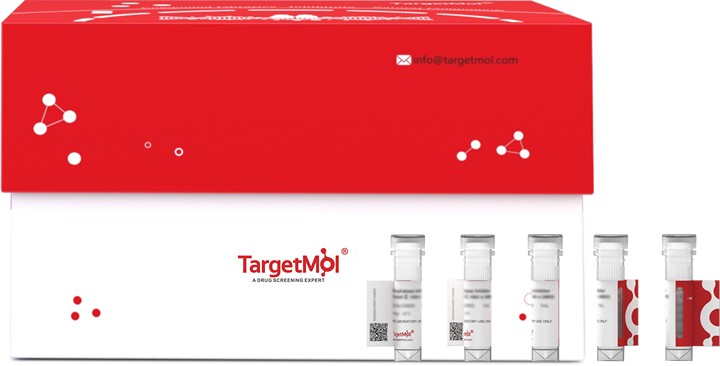
PLA2G5 Protein, Rat, Recombinant (His & SUMO)
一键复制产品信息产品编号 TMPH-03255
PLA2G5 Protein, Rat, Recombinant (His & SUMO) is expressed in E. coli expression system with N-6xHis-SUMO tag. The predicted molecular weight is 29.8 kDa and the accession number is P51433.
| 规格 | 价格 | 库存 | 数量 |
|---|---|---|---|
| 5 μg | ¥ 656 | 20日内发货 | |
| 10 μg | ¥ 1,070 | 20日内发货 | |
| 20 μg | ¥ 1,800 | 20日内发货 | |
| 50 μg | ¥ 2,730 | 20日内发货 | |
| 100 μg | ¥ 3,760 | 20日内发货 | |
| 200 μg | ¥ 5,780 | 20日内发货 | |
| 500 μg | ¥ 9,870 | 20日内发货 | |
| 1 mg | ¥ 16,000 | 20日内发货 |
大包装 & 定制
加入购物车
TargetMol 的所有产品仅用作科学研究或药证申报,不能被用于人体,我们不向个人提供产品和服务。请您遵守承诺用途,不得违反法律法规规定用于任何其他用途。
资源下载
产品信息
| 生物活性 | Activity has not been tested. It is theoretically active, but we cannot guarantee it. If you require protein activity, we recommend choosing the eukaryotic expression version first. |
| 产品描述 | PLA2G5 Protein, Rat, Recombinant (His & SUMO) is expressed in E. coli expression system with N-6xHis-SUMO tag. The predicted molecular weight is 29.8 kDa and the accession number is P51433. |
| 种属 | Rat |
| 表达系统 | E. coli |
| 标签 | N-6xHis-SUMO |
| 蛋白编号 | P51433 |
| 别名 | Pla2g5,PLA2-10,Phospholipase A2 group V,Phosphatidylcholine 2-acylhydrolase 5 |
| 氨基酸序列 | GLLELKSMIEKVTGKNAVKNYGFYGCYCGWGGHGTPKDGTDWCCRMHDRCYGLLEEKHCAIRTQSYDYRFTQDLVICEHDSFCPVRLCACDRKLVYCLRRNLWSYNRLYQYYPNFLC |
| 蛋白构建 | 21-137 aa |
| 蛋白纯度 | > 90% as determined by SDS-PAGE. |
| 分子量 | 29.8 kDa (predicted) |
| 内毒素 | < 1.0 EU/μg of the protein as determined by the LAL method. |
| 缓冲液 | Tris-based buffer, 50% glycerol |
| 复溶方法 | A Certificate of Analysis (CoA) containing reconstitution instructions is included with the products. Please refer to the CoA for detailed information. |
| 存储 | Lyophilized powders can be stably stored for over 12 months, while liquid products can be stored for 6-12 months at -80°C. For reconstituted protein solutions, the solution can be stored at -20°C to -80°C for at least 3 months. Please avoid multiple freeze-thaw cycles and store products in aliquots. |
| 运输方式 | In general, Lyophilized powders are shipping with blue ice. Solutions are shipping with dry ice. |
| 研究背景 | Secretory calcium-dependent phospholipase A2 that primarily targets extracellular phospholipids. Hydrolyzes the ester bond of the fatty acyl group attached at sn-2 position of phospholipids (phospholipase A2 activity), preferentially releasing fatty acyl groups with a low degree of unsaturation such as oleoyl (C18:1) and linoleoyl (C18:2) groups. Hydrolyzes low-density lipoprotein (LDL) phospholipids releasing unsaturated fatty acids that drive macrophage polarization toward an M2 phenotype. May act in an autocrine and paracrine manner. Contributes to lipid remodeling of cellular membranes at different subcellular locations and generation of lipid mediators involved in pathogen clearance. Cleaves sn-2 fatty acyl chains of cardiolipin, a major component of the inner membrane of mitochondria and bacterial membranes. Promotes phagocytosis of bacteria in macrophages through production of lysophosphatidylethanolamines. Displays bactericidal activity against Gram-positive bacteria by directly hydrolyzing phospholipids of the bacterial membrane. Promotes phagocytosis and killing of ingested fungi likely through controlling phagosome-lysosome fusion and phagosome maturation. Plays a role in biosynthesis of cysteinyl leukotrienes (CysLTs) in myeloid cells. In eosinophils, triggers perinuclear arachidonate release and LTC4 synthesis in a PLA2G4A-independent way. In neutrophils, amplifies CysLTs biosynthesis initiated by PLA2G4A. Promotes immune complex clearance in macrophages via stimulating synthesis of CysLTs, which act through CYSLTR1 to trigger phagocytosis. May regulate antigen processing in antigen-presenting cells. In pulmonary macrophages regulates IL33 production required for activation of group 2 innate lymphoid cells. May play a role in the biosynthesis of N-acyl ethanolamines that regulate energy metabolism. Hydrolyzes N-acyl phosphatidylethanolamines to N-acyl lysophosphatidylethanolamines, which are further cleaved by a lysophospholipase D to release N-acyl ethanolamines. |
计算器
引用文献
技术支持
请阅读 重组蛋白用户指南 了解更多具体信息.







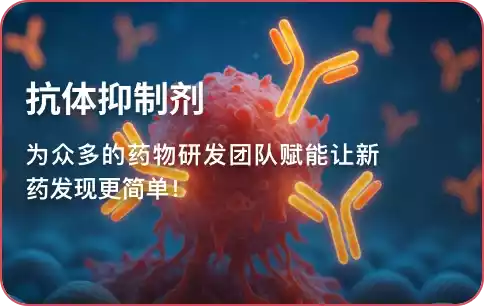


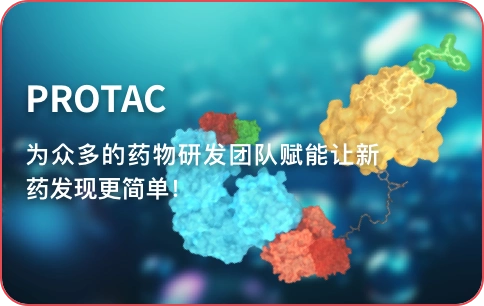
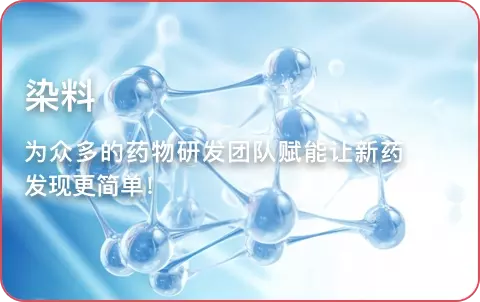



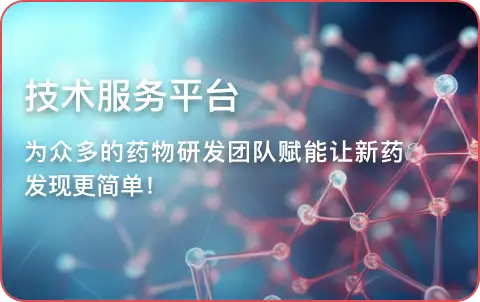
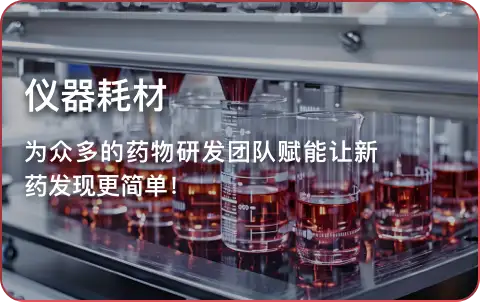
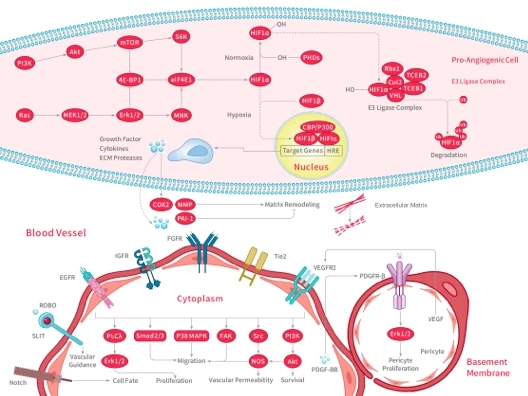
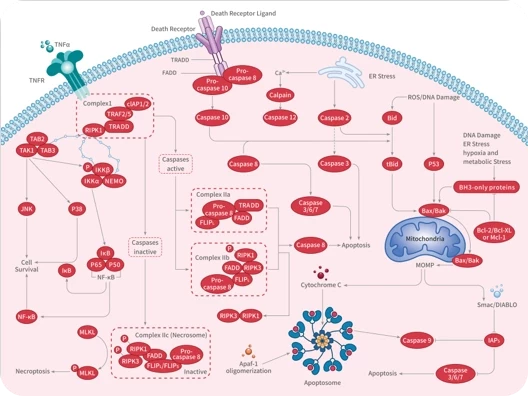
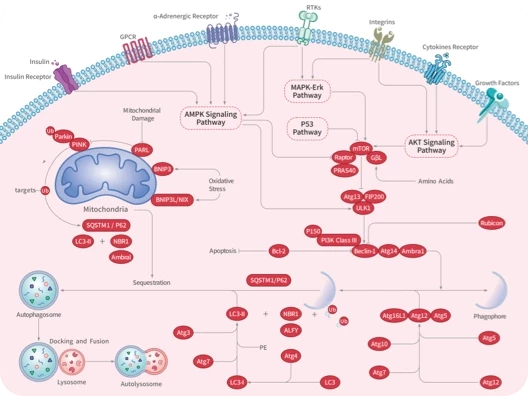

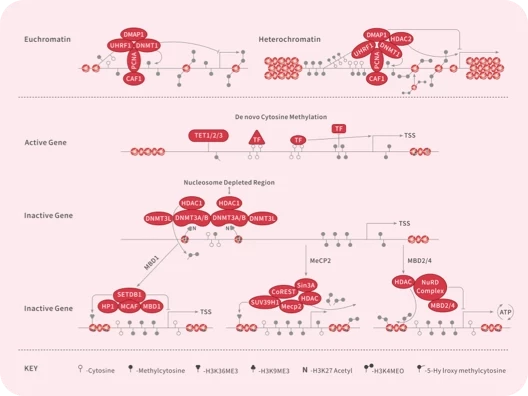

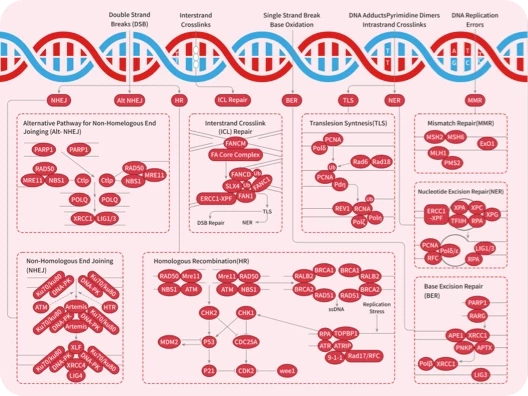
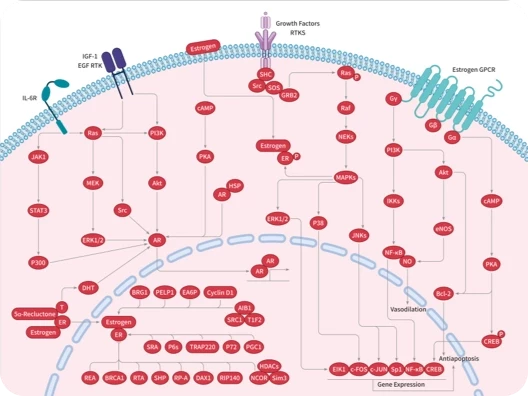
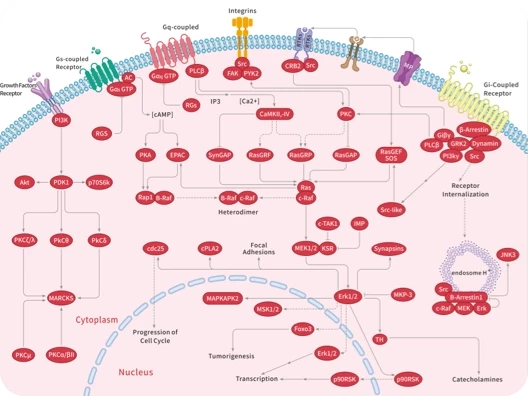
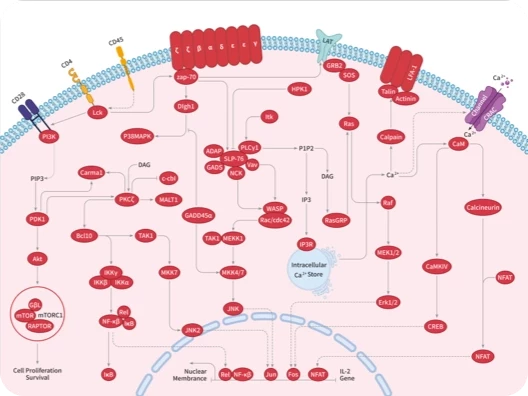
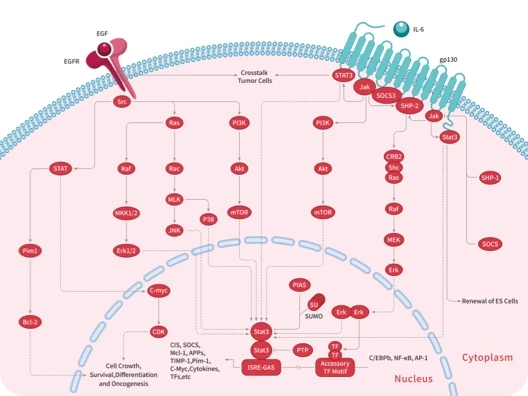
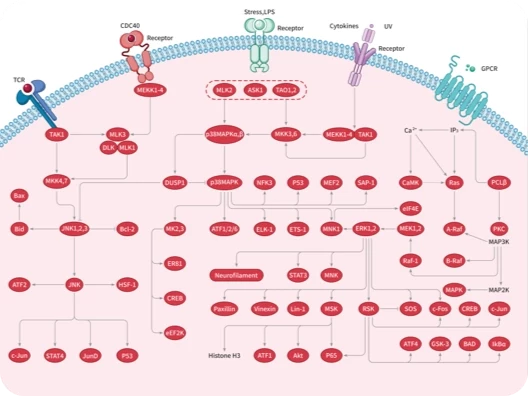
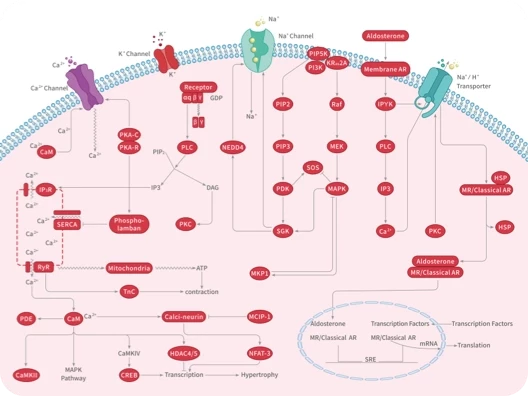
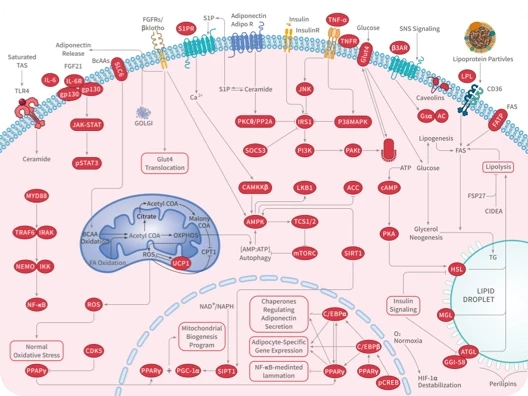
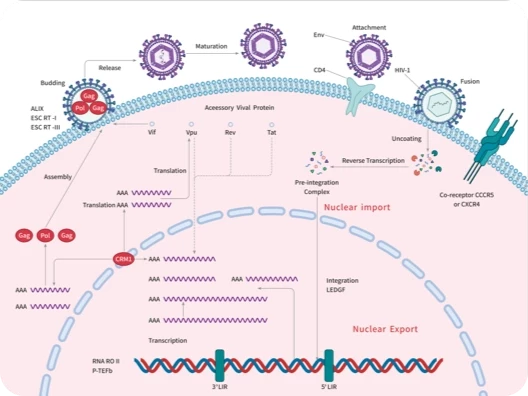

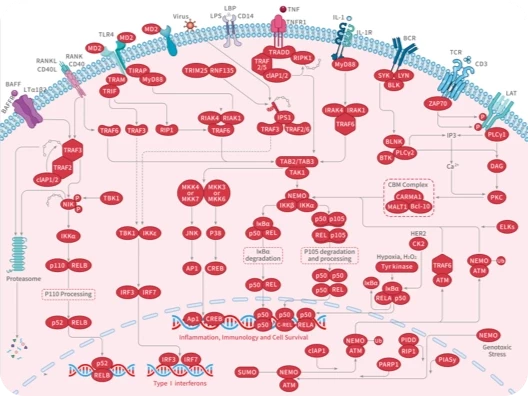

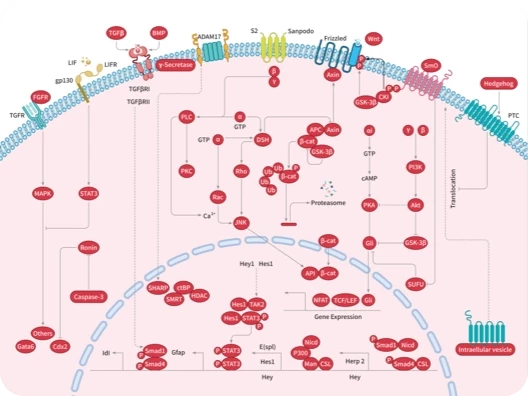
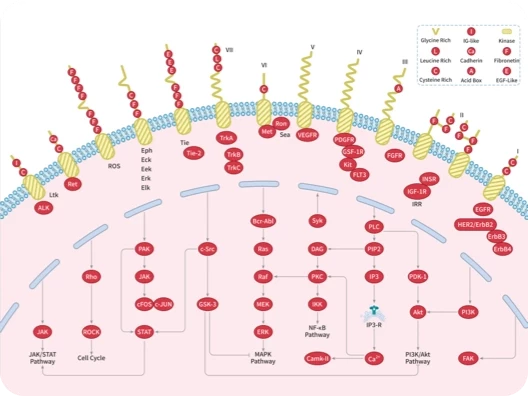
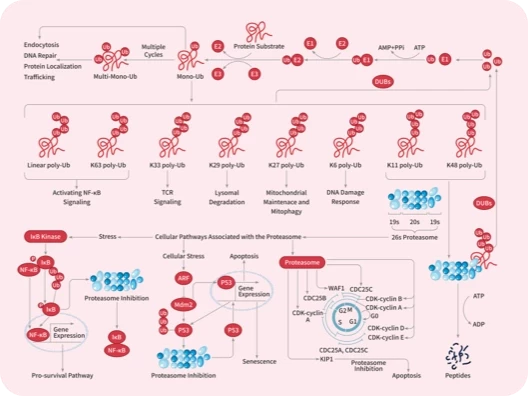


 |
|